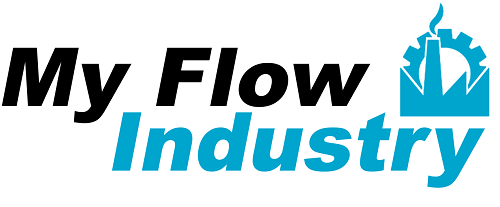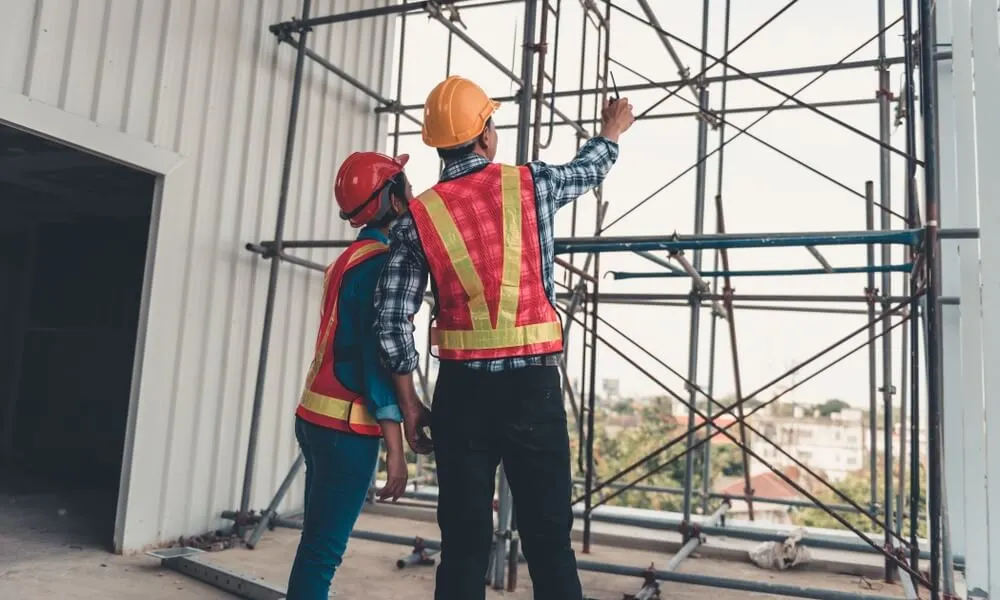The construction and real estate industries are experiencing a transformation driven by technological advancements that are revolutionizing various aspects of their operations. One area that has seen substantial innovation is building inspections. These crucial assessments ensure the safety, compliance, and quality of structures, playing a vital role in maintaining the integrity of our built environment. However, recent technological developments are streamlining these procedures, enabling inspectors to work effectively.
- Drones and unmanned aerial vehicles (UAVs)
Drones are a game-changing technology in building inspections. These aerial devices with high-resolution cameras and sensors access hard-to-reach areas of buildings, such as roofs, facades, tall structures, and safety. Inspectors can now gather detailed visual data without scaffolding or putting themselves at risk.
- Improved safety for inspectors
- Faster and more comprehensive data collection
- Cost-effective inspections of large or complex structures
- Ability to create 3D models and orthomosaic maps of buildings
- Artificial intelligence (AI) and machine learning
AI and machine learning algorithms transform how inspection data is analyzed and interpreted. These technologies process vast amounts of visual and sensor data to identify potential, patterns, and anomalies are missed by human inspectors.
Applications of AI in building inspections
- Automated defect detection in images and videos
- Predictive maintenance scheduling based on historical data
- Risk assessment and prioritization of inspection findings
- Natural language processing for generating inspection reports
- Internet of things (IoT) sensors
IoT sensors are revolutionizing building inspections by providing continuous, real-time monitoring of various structural and environmental parameters. These sensors can be embedded in a building or installed in a structure to collect data on temperature, humidity, vibration, and structural integrity.
Benefits of IoT sensors in building inspections
- Continuous monitoring for early detection of potential issues
- Reduced need for frequent manual inspections
- Improved energy efficiency through environmental monitoring
- Enhanced occupant safety and comfort
- Virtual and augmented reality (VR/AR)
VR and AR technologies enhance how inspectors visualize and interact with building data. These immersive technologies allow virtual buildings, overlaying inspection data onto real-world views, and remote collaboration between inspectors and experts.
Applications of VR/AR in Building Inspections
- Virtual site visits and pre-inspection planning
- Interactive training simulations for inspectors
- Remote expert consultations during inspections
- Enhanced visualization of complex building systems
- 3D scanning and building information modeling (BIM)
3D scanning technology and BIM provide inspectors with highly accurate digital representations of buildings. These detailed models allow for precise measurements, comparison against design specifications, and tracking changes over time.
Advantages of 3D scanning and BIM in building inspections
- Creation of as-built models for comparison with original designs
- Accurate documentation of building conditions
- Improved planning for renovations and retrofits
- Enhanced collaboration between stakeholders
To learn more about these innovative technologies and their applications in building inspections, refer to this contact form for additional resources and expert insights. As these technologies continue to evolve and integrate, the future of building inspections looks increasingly automated, data-driven, and efficient. However, while technology is revolutionizing the field, human expertise remains crucial. Inspectors must adapt to these new tools and develop skills to interpret and act on the wealth of data they provide.

